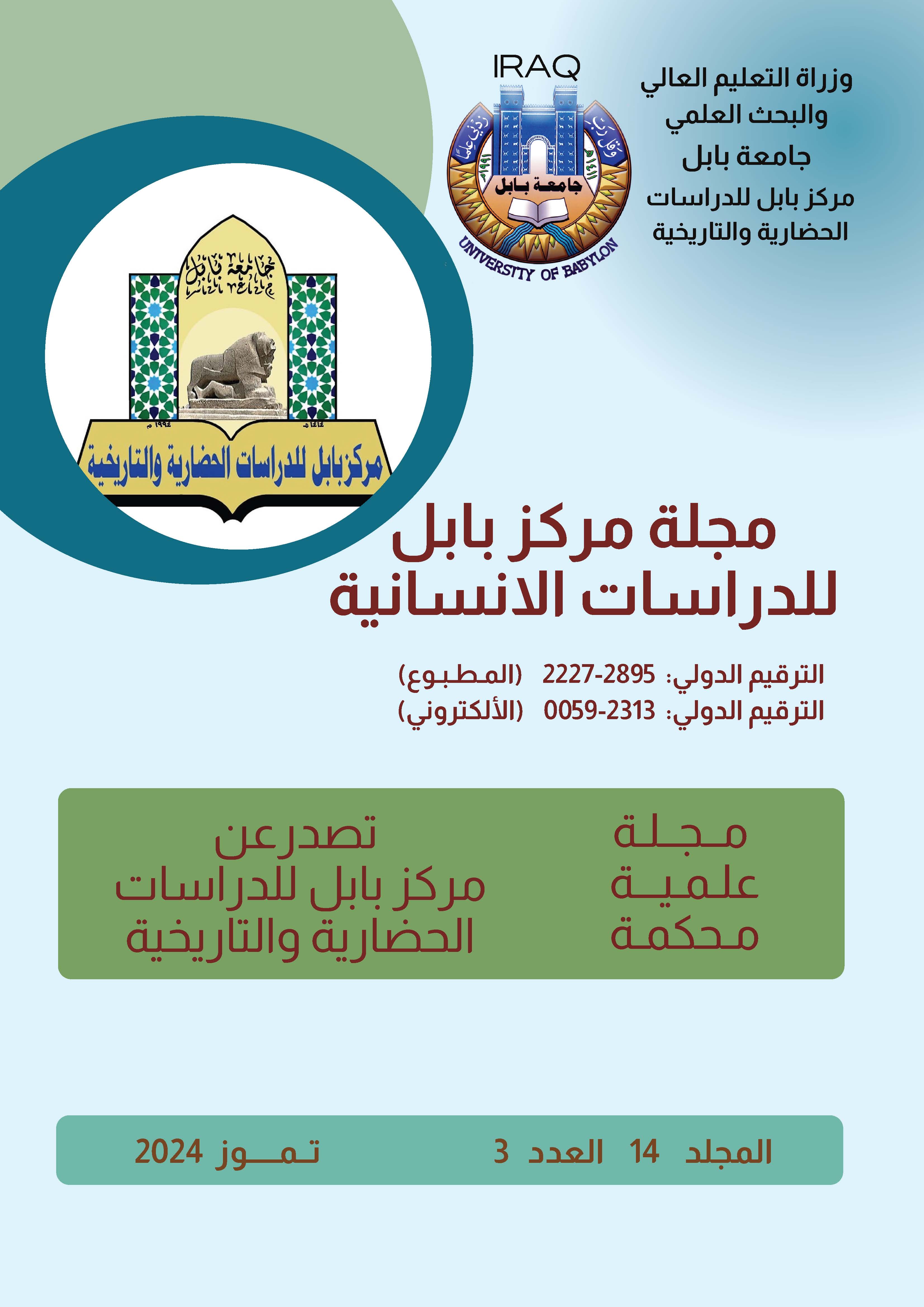The effect of the SCAMPER strategy in developing serious creativity among fifth-grade literary students in the subject of literature and texts
Keywords:
: strategy, SCAMPER, serious creativity, fifth grade, literature and texts.Abstract
The aim of the current research is to identify the effect of the SCAMPER strategy in developing serious creativity among fifth grade literary students in the subject of literature and texts. The research community included all literary fifth grade students in middle and secondary schools in Kirkuk for the academic year (2022 - 2023). The researcher included Al-Fursan Preparatory School for Boys to represent the experimental group. Which is taught according to the SCAMPER strategy, and Ibn Khaldun Preparatory School for Boys represents the control group, which is taught according to the traditional method. The number of students in the two research groups reached (55) students, with (26) students in the experimental group and (29) students in the control group. The two research groups were equal in Some variables. The researcher prepared the serious creativity test and it may consist of (25) situational paragraphs distributed over five situations, three formal and two verbal. Each situation includes the five skills on general life topics. These skills are (generating new perceptions, generating new concepts, generating new ideas, Generating new alternatives, generating new innovations), and its validity, distinctiveness, and stability were confirmed. After the researcher taught the two groups, applied the research tool, and obtained the data, the results of the research showed that there was a statistically significant difference between the average grades of the experimental group students and the average grades of the control group students, in favor of the experimental group in Testing serious creativity and the presence of a statistically significant difference between the average scores of the students in the experimental group for the serious creativity test before the experiment and the average scores of the students for the scale after the experiment, in favor of students in the serious creativity scale after the experiment. In light of these results, the research developed a set of conclusions, recommendations and proposals







